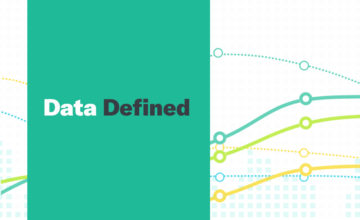File Transfer Protocol (FTP) Defined
File Transfer Protocol (FTP) is a standard client-server Internet protocol for transmitting files between computers on the Internet over TCP/IP connections.
FTP relies on the communication channels between a client and a server. This protocol begins with clients initiating a conversation with a server through the request to download a file. FTP then allows a client to upload, download, delete, rename, move and copy files onto a required server.
FTP sessions work in passive or active modes. In active mode, after a client initiates a session via a command channel request, the server initiates a data connection back to the client and begins transferring data.
In passive mode, the server instead uses the command channel to send the client the information it needs to open a data channel.
Benefits of a File Transfer Protocol include:
- Allowing users to transfer multiple files as well as directories
- The ability to resume a transfer if the connection is lost
- The ability to add items to a “queue” to be uploaded/downloaded
- Faster transfers then HTTP
In Data Defined, we help make the complex world of data more accessible by explaining some of the most complex aspects of the field. Click Here for more Data Defined.


